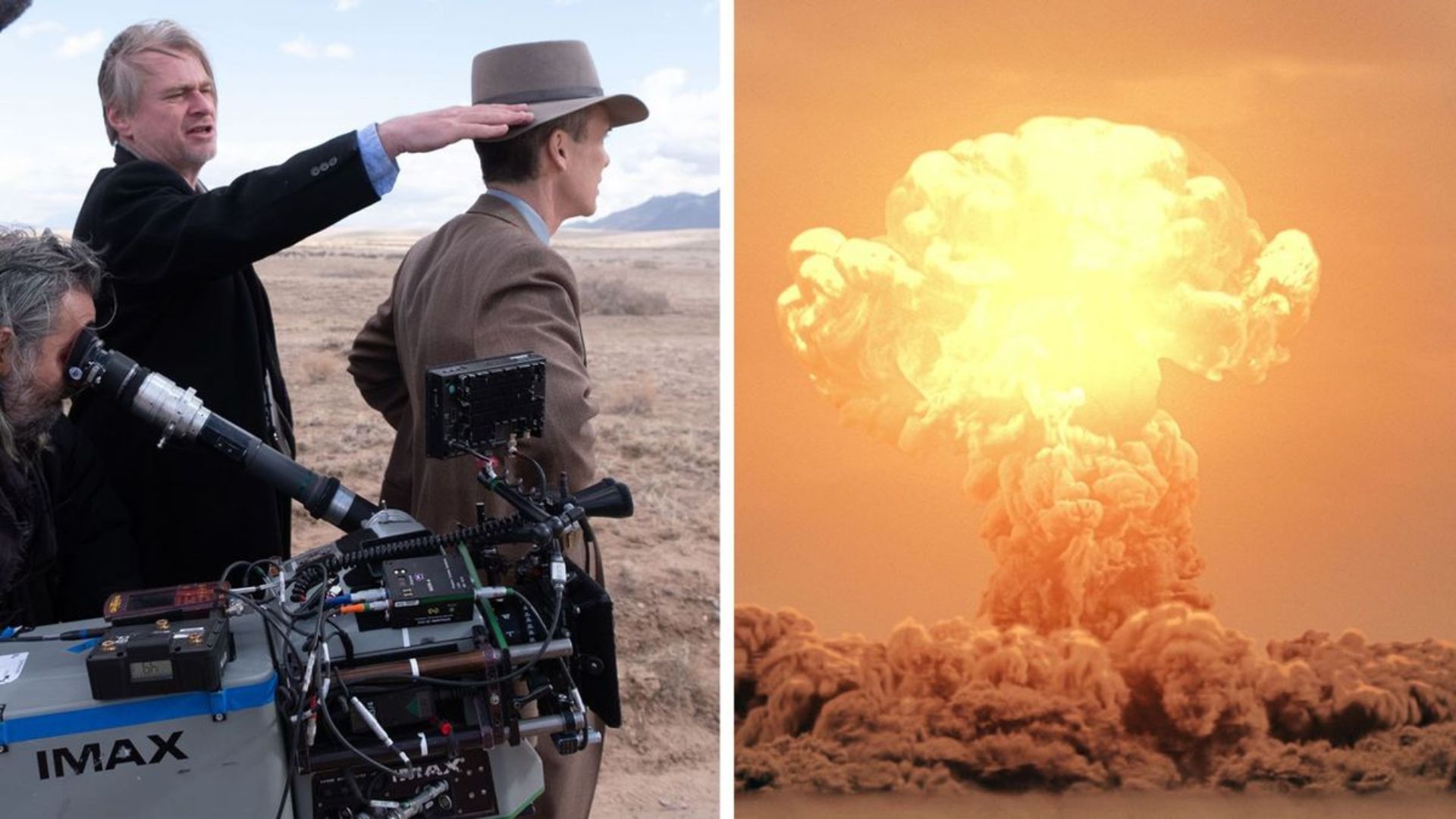"The world will remember this date!", Oppenheimer's haunting words ring out in a resounding crescendo of triumph ensuing the atomic bombings of Hiroshima and Nagasaki.
The biographical thriller "Oppenheimer," scripted and directed by Christopher Nolan, unfolds as a three-hour magnum opus, captivating audiences with its brilliance and moral complexity.
Drawn from the Pulitzer Prize-winning biography "American Prometheus," the film artfully paints the enigmatic life of J. Robert Oppenheimer, the so called ‘Father of the Atomic Bomb’. Oppenheimer was a brilliant theoretical physicist whose destiny was irrevocably intertwined with the tumultuous events of the Manhattan Project—the creation of the world's first nuclear weapons.
Nolan's cinematic genius lies not only in the portrayal of Oppenheimer's scientific prowess but in confronting the ethical responsibility of the entire scientific community amid unprecedented technological advancements. The consequences of Oppenheimer's actions unfold in a delayed and haunting manner, revealing that the darkest shadows cast by our deeds often emerge long after the fact.

Scene from 'Oppenheimer' when the central character meets Albert Einstein
A star-studded cast, led by the captivating Cillian Murphy as Oppenheimer, breathe life into this mesmerizing character study. Robert Downey Jr., Matt Damon, Emily Blunt, Florence Pugh, and Alden Ehrenreich shine in their roles, bringing depth and authenticity to this gripping historical narrative.
The plot masterfully oscillates between three main events; Oppenheimer's security hearing in 1954, his formative days at Cambridge to Los Alamos, and the pivotal moments of the Manhattan Project.
The movie also portrays three notable US Presidents and their connections to events in Oppenheimer’s life. Firstly, President Harry Truman during the atomic bombings of Hiroshima and Nagasaki. Secondly, President Dwight Eisenhower during Oppenheimer's 1953 security hearing. Lastly, the film highlights President John F. Kennedy's pivotal role in voting against Lewis Strauss, preventing him from securing a coveted government position as Secretary of Commerce.
Throughout the film, the relentless struggle between Oppenheimer's insatiable quest for scientific advancement and the burden of moral obligation unfolds with profound emotion, the cine-goer drawn to tears at times.
Oppenheimer did not win a Nobel Prize, however his work on black holes (also portrayed in the movie) and other areas of astrophysics and quantum theory have made lasting impacts on the scientific community and our understanding of the universe.
The haunting bombings of Hiroshima and Nagasaki weigh heavily on his conscience, as he confronts US President Truman, acknowledging that ‘that he has blood on his hands’. President Truman absolves him of sole blame, saying that ‘he alone is to blame’. This powerful exchange poignantly illustrates Oppenheimer's internal conflict, leading him to bear the weight of his actions without public apology.
Nolan said that through this scene he wanted to execute a quick tonal shift after the atomic bombings of Hiroshima and Nagasaki, desiring to go from the "highest triumphalism, the highest high, to the lowest low in the shortest amount of screen time possible".
Nolan's clever interplay of vivid colors for subjective experiences and striking black-and-white for objective viewpoints heightens the film's emotional impact, plunging the audience deeper into the heart of the narrative.

The recreation of the Trinity nuclear test left viewers spellbound, with the theater falling into a moment of pin-drop silence. Nolan's commitment to authenticity shines through in the use of practical effects, forsaking computer-generated graphics. The test itself was recreated using real explosives forgoing the use of computer-generated graphics.
A special set was created with gasoline, propane, aluminum powder, and magnesium being used. While using miniatures for the practical effect, the film's special effects supervisor Scott R. Fisher referred to them as "big-atures", as the team tried to make the models as large as possible. Visualisations of the interactions between atoms, molecules and energy waves, as well as the depiction of stars, black holes and supernovas, were also achieved through practical methods. Nolan claimed the movie contains no computer-generated effects. A meticulously crafted 1940s-style town and scenes filmed in Oppenheimer's restored cabin transport the audience back in time, blurring the lines between reality and fiction.

While "Oppenheimer" is undoubtedly a biopic, its thematic resonance transcends the boundaries of the genre. Fearlessly probing the purpose of war, the nuclear arms race, and the moral quandaries surrounding scientific innovation, the film becomes a profound reflection on humanity's quest for knowledge and the sacrifices made in its pursuit.
One viewing of the box-office hit "Oppenheimer" is insufficient to grasp the depths of its intricacies.
Nolan's grand opus leaves an indelible mark on the soul—a cautionary tale of brilliance, ambition, and the harrowing consequences that echo through the annals of history.